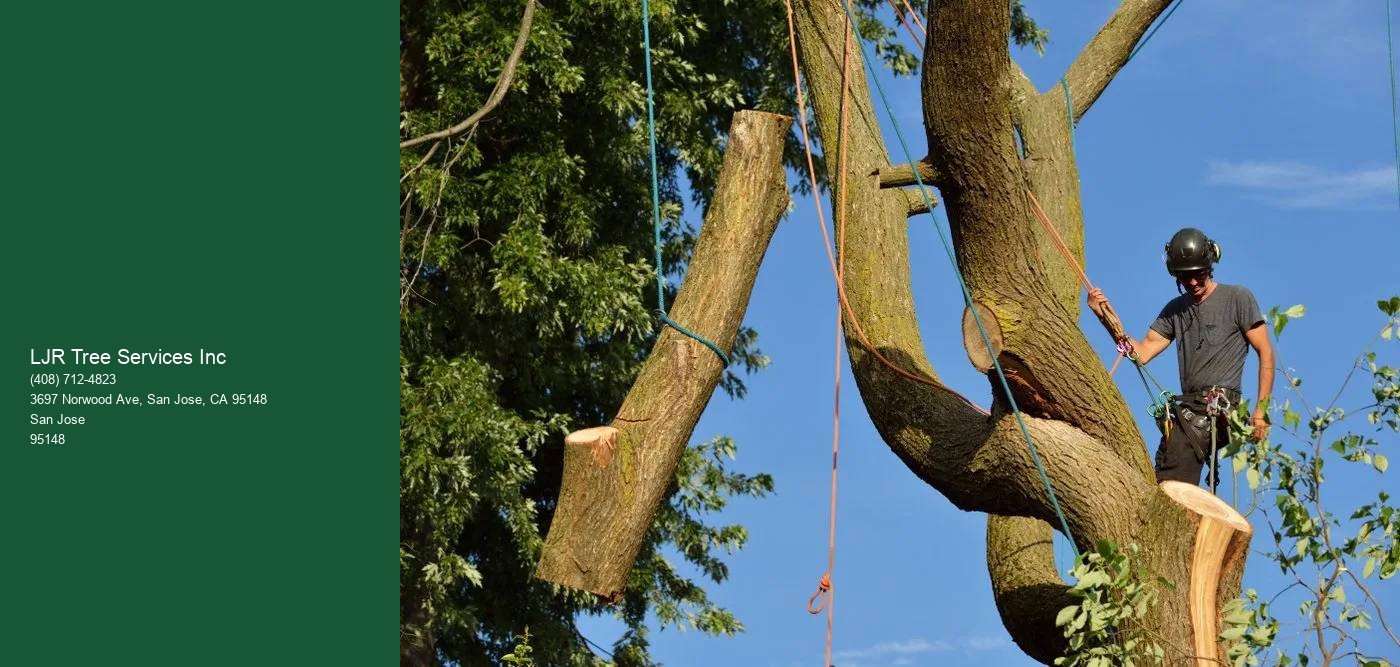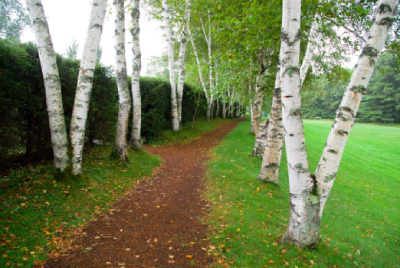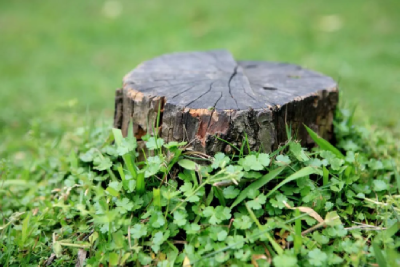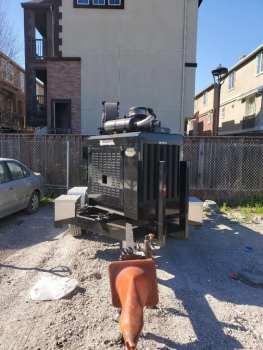

Residential trees are not just embellishments in our neighborhoods but indispensable contributors to a harmonious and sustainable living environment. As we bask in the shade of their branches and appreciate their beauty, let us also acknowledge and celebrate the myriad benefits they bring into our lives, making our homes greener, healthier, and more vibrant.
Watering Strategies For Healthy Trees: As custodians of our green companions, it's our responsibility to ensure that the trees in our residential landscapes thrive and flourish. One of the fundamental aspects of tree care revolves around proper watering techniques. In this blog, we explore effective watering strategies that contribute to the vitality and longevity of your trees. From understanding the water needs of different tree species to mastering the art of timing, let's embark on a journey to nurture nature and foster a canopy of healthy, happy trees.
Know Your Trees - Different tree species have varying water requirements. Before establishing a watering routine, familiarize yourself with the specific needs of the trees in your landscape. Native species may have adapted to local conditions, while non-native ones might need extra attention.
Deep Watering vs. Shallow Watering: Deep watering encourages the development of a robust root system. Instead of frequent, shallow watering, provide a thorough soak that reaches the root zone. This promotes more profound root growth, making trees more resilient to drought conditions.
Watering Frequency: Adjust the watering frequency based on factors such as soil type, weather conditions, and the tree's age. Young trees generally require more frequent watering to establish their roots, while mature trees may need less frequent but deeper watering.
Morning Watering: The optimal time for watering is early morning. This allows the tree to absorb moisture before the day's heat, reducing the risk of evaporation. Watering in the evening might lead to prolonged leaf wetness, increasing the chances of fungal diseases.
Mulching for Moisture Retention - Apply a layer of organic mulch around the tree's base, leaving space near the trunk to prevent rot. Mulch helps retain soil moisture, regulates temperature, and suppresses weed growth. This, in turn, reduces water competition and promotes a healthier tree environment.
Watering Consistency: Consistency is key in tree watering. Establish a regular schedule to ensure a steady moisture supply, especially during dry spells. Be vigilant during hot and windy conditions, as these factors can accelerate water loss.
Signs of Overwatering and Underwatering: Pay attention to signs that indicate whether your tree is receiving too much or too little water. Wilting, yellowing leaves, and root rot are indicators of overwatering, while drooping leaves, dry soil, and stunted growth suggest underwatering.


Use Drip Irrigation or Soaker Hoses: Opt for efficient watering methods like drip irrigation or soaker hoses. These systems deliver water directly to the root zone, minimizing wastage and ensuring an even moisture distribution.
In the realm of tree care, watering stands as a cornerstone for fostering healthy, resilient trees. By adopting these effective watering strategies, you contribute to the well-being of your residential landscape and play a crucial role in preserving the natural beauty and balance of our shared environment. Let's continue nurturing nature and watching our trees thrive under the gentle shower of our care.
Choosing The Right Trees For Residential Landscapes: Selecting suitable trees for your residential landscape is akin to choosing long-term companions for your home. Beyond aesthetics, factors such as climate, size, and ecological compatibility come into play. In this guide, we explore the art and science of choosing trees that enhance the visual appeal of your surroundings and thrive harmoniously in your residential ecosystem.
Native vs. Non-Native Species: One of the first considerations is whether to opt for native or non-native tree species. Native trees are well-adapted to local conditions, requiring less maintenance and supporting local wildlife. Non-native species may offer unique aesthetics but may need more care to thrive.
Size Considerations: Assess the available space in your residential landscape before choosing a tree. Consider the tree's mature size to avoid potential conflicts with structures, power lines, or neighboring properties. Compact yards may benefit from smaller ornamental trees, while larger spaces can accommodate majestic shade trees.
Climate Compatibility: Different trees have specific climate preferences. Consider your area's climate zone, soil type, and water availability. Choosing trees well-suited to your local climate ensures they will flourish with minimal intervention.


Seasonal Interest: Look for trees that offer year-round visual interest. Some trees boast vibrant spring blossoms, while others display stunning fall foliage. Additionally, evergreen trees provide greenery during the winter months. A thoughtful selection can ensure a dynamic and visually appealing landscape throughout the seasons.
Maintenance Requirements: Assess your willingness and capacity for tree maintenance. Some trees are low-maintenance, requiring minimal pruning and care, while others may demand more attention. Understanding the maintenance needs of a tree can help you make a choice that aligns with your time and resources.
Disease Resistance: Investigate the susceptibility of tree species to common diseases in your area. Opting for disease-resistant varieties can save you from potential headaches and ensure the longevity of your chosen trees.
Urban Tolerance: Consider the urban environment in which your residential landscape exists. Some trees are more tolerant of urban stressors such as pollution, compacted soil, and limited space. Choosing trees adapted to urban conditions promotes their overall health and longevity.
Choosing suitable trees for your residential landscape is an investment in your surroundings' long-term health and beauty. By considering factors such as native status, size, climate compatibility, seasonal interest, maintenance requirements, disease resistance, and urban tolerance, you can create a vibrant and sustainable landscape that enhances the overall quality of your residential space. As you embark on this arboreal journey, envision the future shade, beauty, and ecological contributions your chosen trees will bring to your home.
Many homeowners struggle to maintain healthy trees in their residential landscapes. Overwatering, improper pruning, and neglecting signs of disease are common pitfalls that can lead to the decline of these vital elements. As a result, the once-thriving greenery can become a source of frustration and disappointment.
